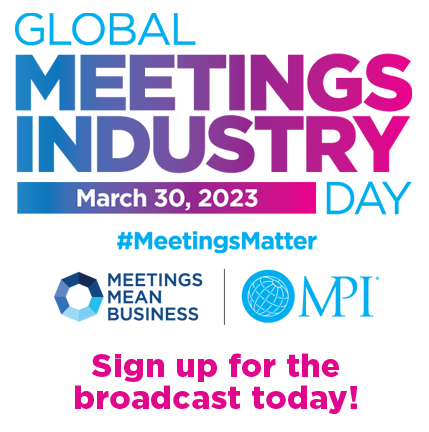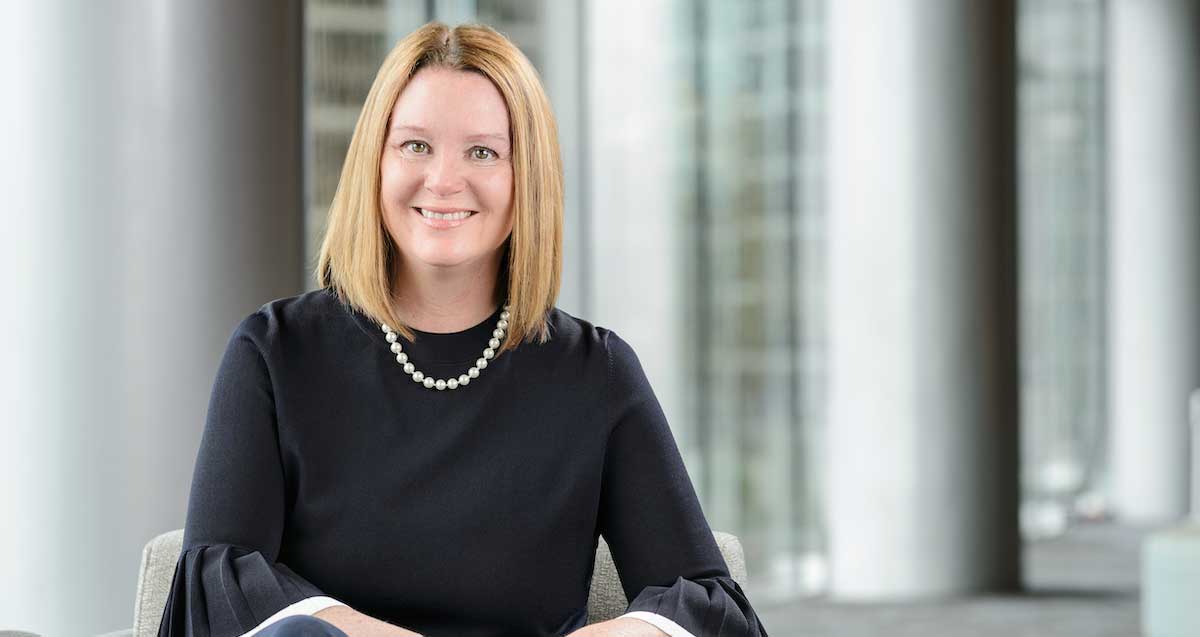The meeting industry will come together to celebrate Global Meetings Industry Day (GMID) on March 30, but did you know that a day now recognized and celebrated by meeting professionals around the world began in Canada?
The first official National Meetings Industry Day was held in Canada in 1999. This followed local and regional events hosted by Canadian MPI chapters and conversations about elevating the celebration to a national level by the MPI Canadian Council—eventually leading to the first GMID in 2016.
As we get closer to GMID 2023, we’re honoring some of the MPI members in Canada who led volunteer efforts in the 1990s and understood before many others why the importance of our industry and its monetary and intrinsic value needed to be understood by governments and business.
Today, we chat with Claire Smith, VP of sales and marketing for the Vancouver Convention Centre.

Tell us about your role (chapter or regional) in MPI Canada in the 1990s.
I joined MPI in 1989 and jumped right into volunteering. We were a new chapter and growing quickly and there were many opportunities to get involved. I served on the British Columbia Chapter board throughout the 1990s, was chapter president in 1996/97 and then served on the Canadian Counsel.
What is your role in the meeting industry today?
I oversee the sales and marketing for the Vancouver Convention Centre. I would closely with Destination Vancouver, our hotel and industry partners to attract meetings and events from around the world to Vancouver. I am still an active volunteer with industry associations and believe strongly in the power of our industry.
Can you share a fond memory about your MPI involvement from that era?
My memories always go back to the lifelong friends that were made from rolling up our sleeves and working together to grow an industry. In 1994, Vancouver hosted the MPI Professional Education Conference, and I was the chair of the closing gala event. I had ordered in special gold lame bows from a rental company in Los Angeles and engaged an army of volunteers to tie them around all of our banquet chairs. You can imagine my horror when many of the guests decided they were “party favors” and wore them out of the dinner. I had to quickly mobilize my group of volunteers to try to collect all of the bows before they went back to their hotels.
“Our industry is much more collaborative and organized after years of advocacy efforts.”
What was a big misconception about the meeting planning profession in the 1990s that has changed (or hasn’t changed) over the years?
The biggest misconception of our industry is that it is easy. We are a “behind the scenes” industry that supports and amplifies the organizations of the events we host. When things run smoothly, no one really knows the complex “spider web” of service providers and broad range of skills needed to oversee them. When I started in the industry, we were not viewed as a real profession. There were limited formal education programs, certification and training available. This has changed greatly over the past 30 years, and we are seeing exceptional university and college programs and professional development opportunities.
Why was it a priority to you to raise awareness of our industry’s importance?
We are an invisible industry that is focused on delivering exceptional experiences for our audiences but much of our work is behind the scenes. Unless you are attending events on a regular basis, you may not be aware of the power of bringing people together face to face. The communities where we work do not often see the impact of our events yet are often asked to support major development projects, tax increases or policy changes. We need the support of our communities to be welcoming to visitors and to help create safe and dynamic cities.
How has the industry changed as a result of advocacy efforts?
Our industry is much more collaborative and organized after years of advocacy efforts. We have developed new organizations that can speak with one voice on behalf of the industry such as Meetings Mean Business. Our industry associations work in partnership to address major industry issues and collaborate on projects that propel the industry forward.
What change would you still like to see?
We are a complex and multifaceted industry with lots of diverse stakeholders. We have made great strides in communicating the value and impact of the work that we do but we tend to tell our stories to ourselves. I would love to see us evolve our messaging so it resonates with people outside our industry. We need to attract new talent into our industry and make a compelling case for meaningful and successful career progression. We need to create a broad awareness of the power of face-to-face meetings to attract audiences to events and demonstrate the outcomes far outweigh the costs of attending.
MPI’s GMID broadcast powered by Webex Events (formerly Socio).
MPI’s GMID broadcast supported by Grit Productions & Expositions and Foster + Fathom.

